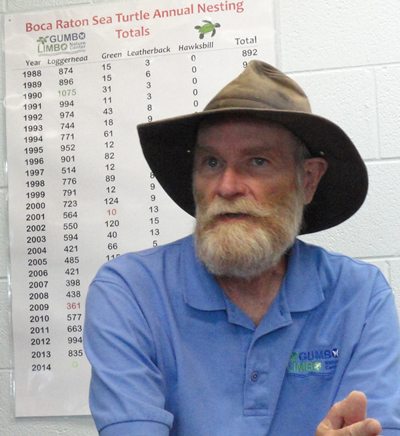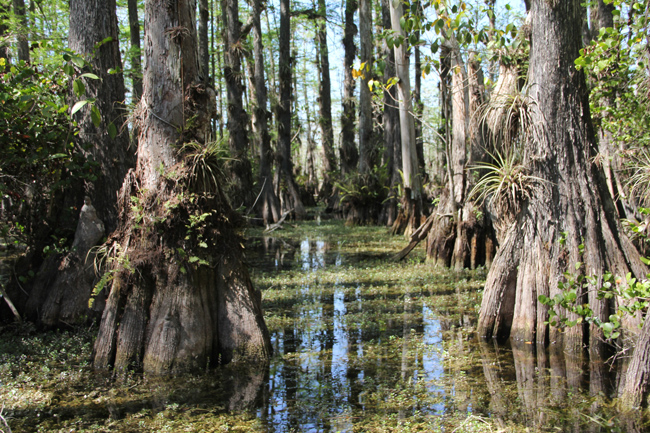
The students who enroll in the spring semester environmental journalism course taught by Bob Wyss all have some reporting background. But that doesn’t forestall surprises.
Nine students traveled to South Florida for four days in March to report on environmental issues, with the challenge of gathering enough information to each produce two print stories and two multimedia reports when they returned to campus.
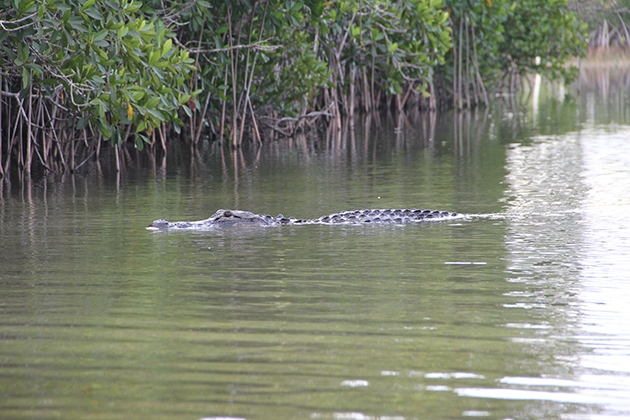
Within the group, one student had done internships with Fox CT and NBC Connecticut. Others had contributed pieces to Connecticut Woodlands magazine, the Manchester Journal Inquirer, the New York Times, Daily Campus, and student television and radio stations.
Even with that range of experience, a few things surprise students, according to Wyss, associate professor at UConn and longtime newspaper reporter.
“One is that the only way we can accomplish what we do is through team work. Students share all of the reporting assignments,” says Wyss. “Second, what happens is that the students bond, they come together and form alliances and friendships unlike any other course.”
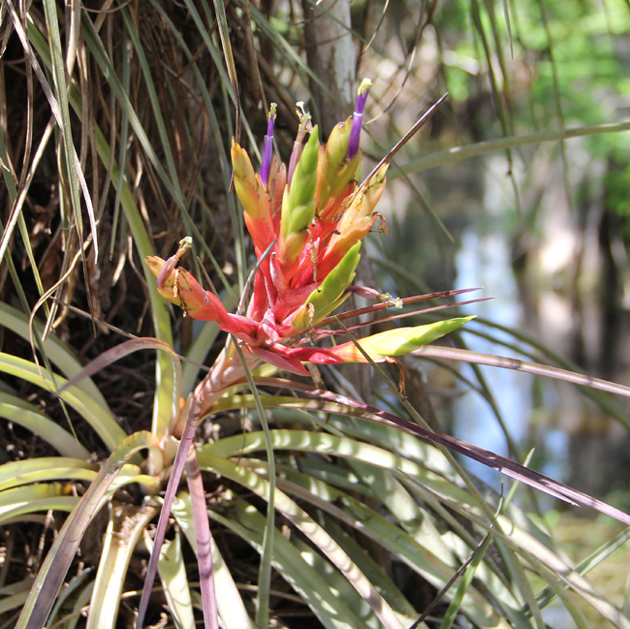
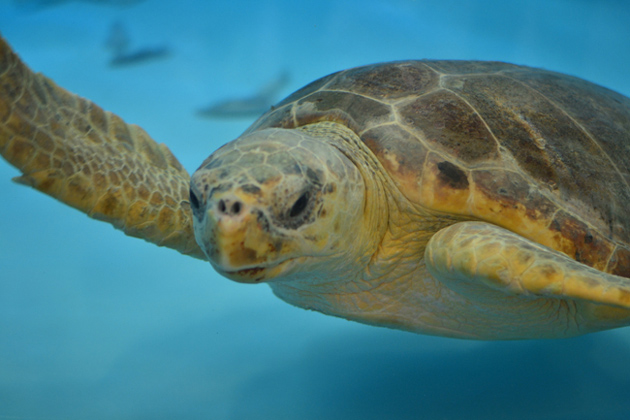
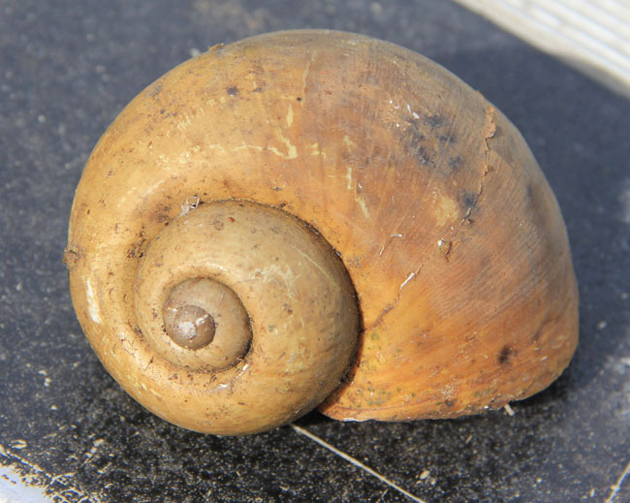
This year was the second time UConn students learned about the mechanics of beat reporting by taking a trip to the Everglades. Wyss, who has taught the course for seven years and published a textbook, Covering the Environment: How Journalists Work the Green Beat (2007), covered the environment for more than 30 years, mostly for the Providence Journal. He also plans to take a class to Louisiana to cover environmental issues within that state.
“The reporting and the writing are less of a challenge than the multimedia requirements, because some have never even heard the term B-roll,” says Wyss, referring to the supplemental footage that supports the main interview. “They have to prepare for the reporting, and do intensive reporting in just a few days – knowing that if they miss something they cannot re-shoot it.”
“So far this has all worked,” he notes. Read the student coverage of their journey at Everglades 14.
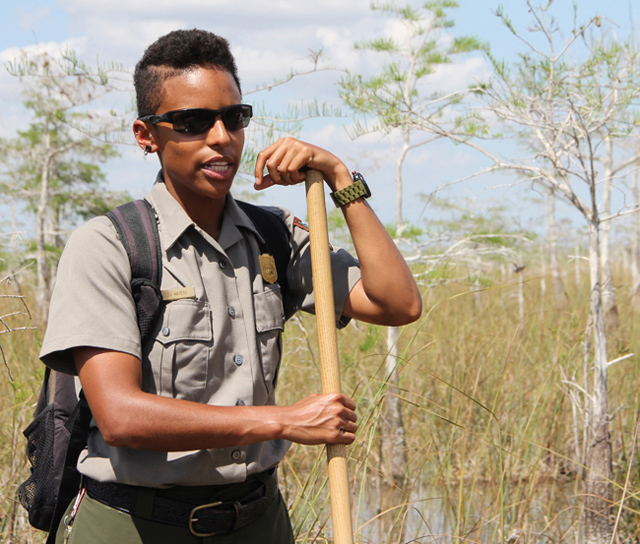
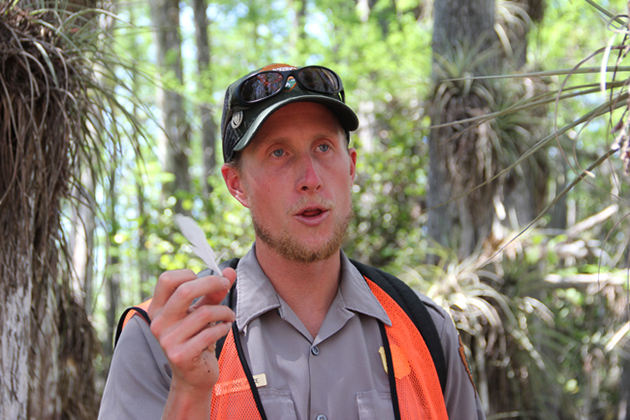
(Kaitlyn Carroll/UConn Photo)
